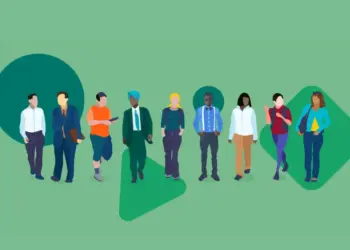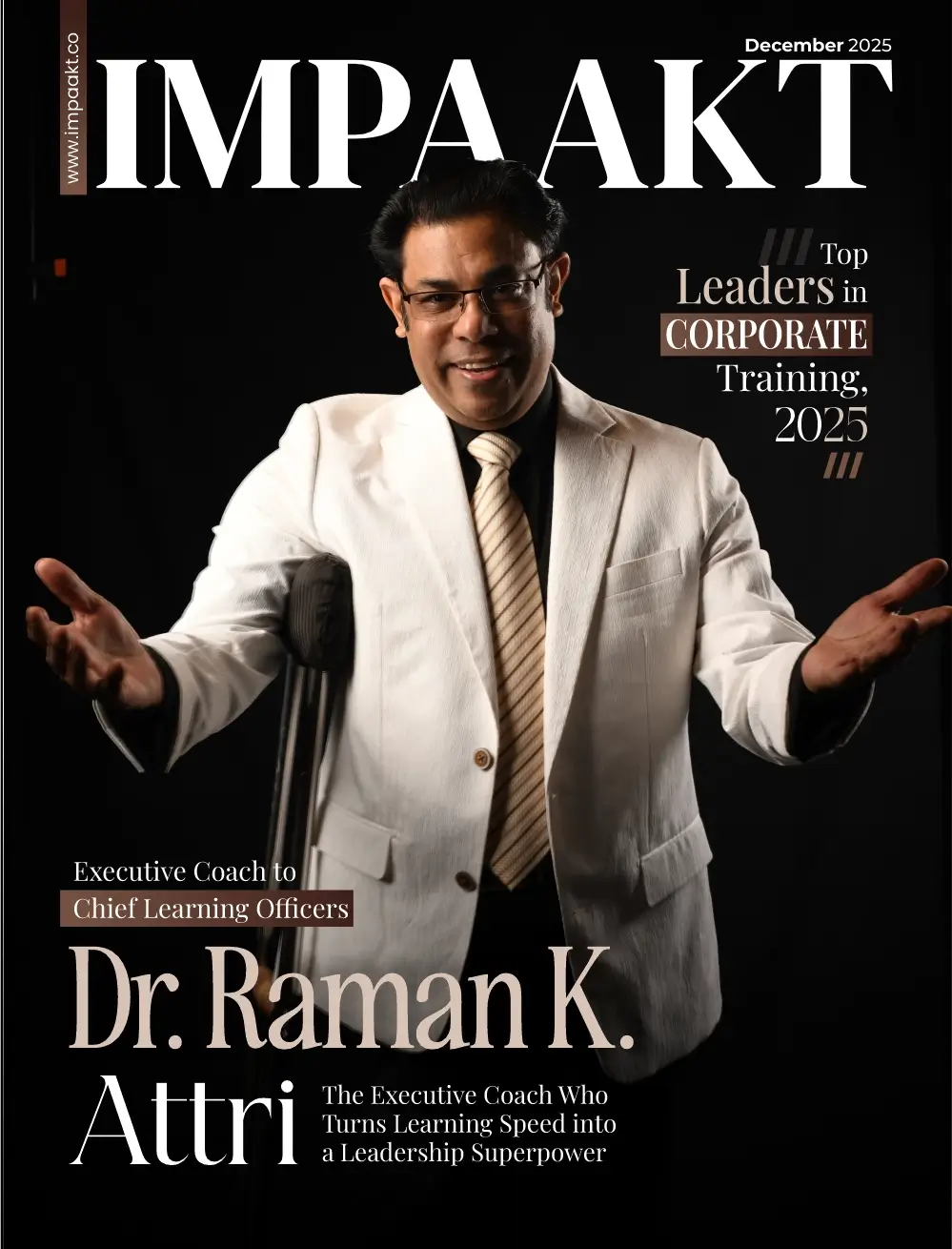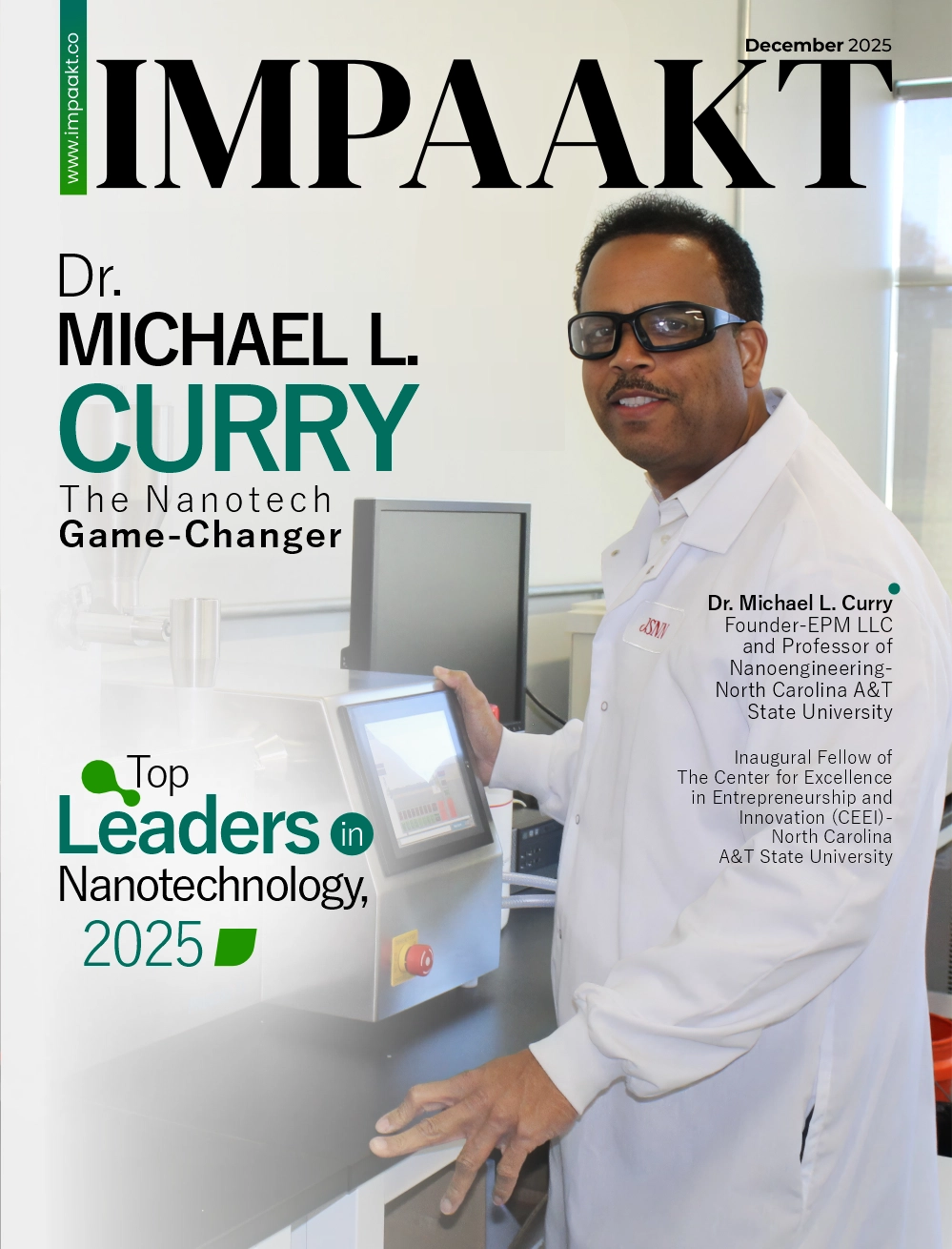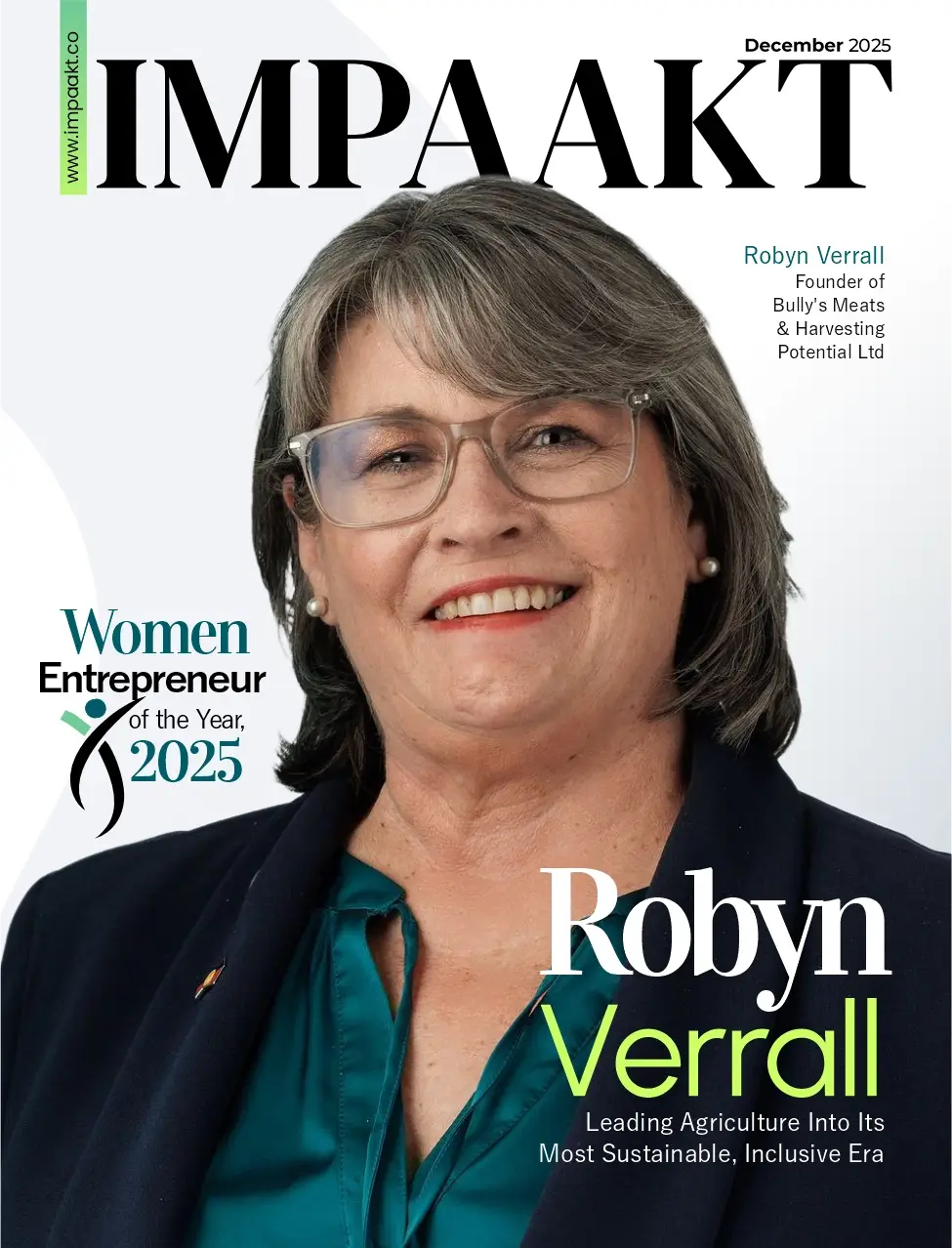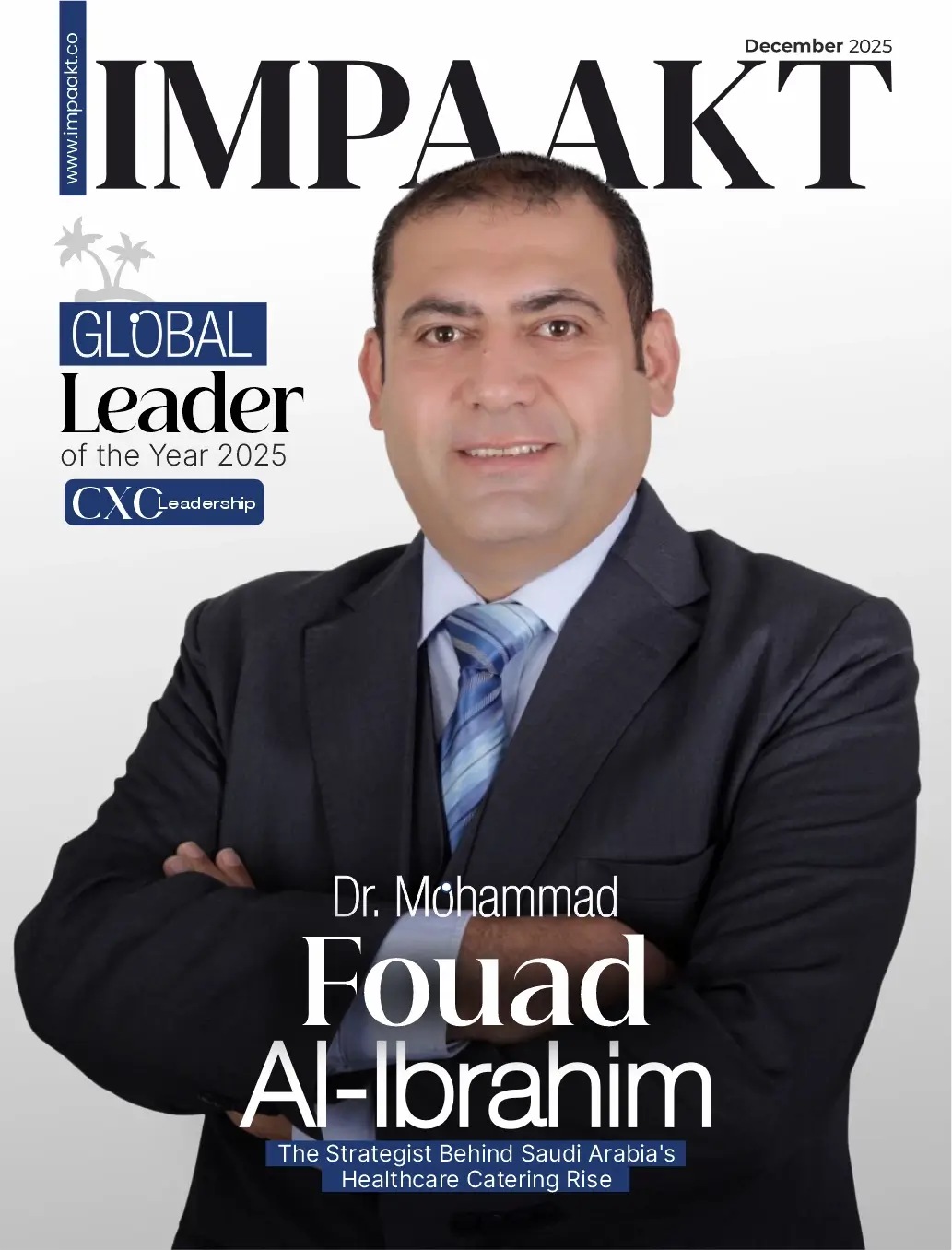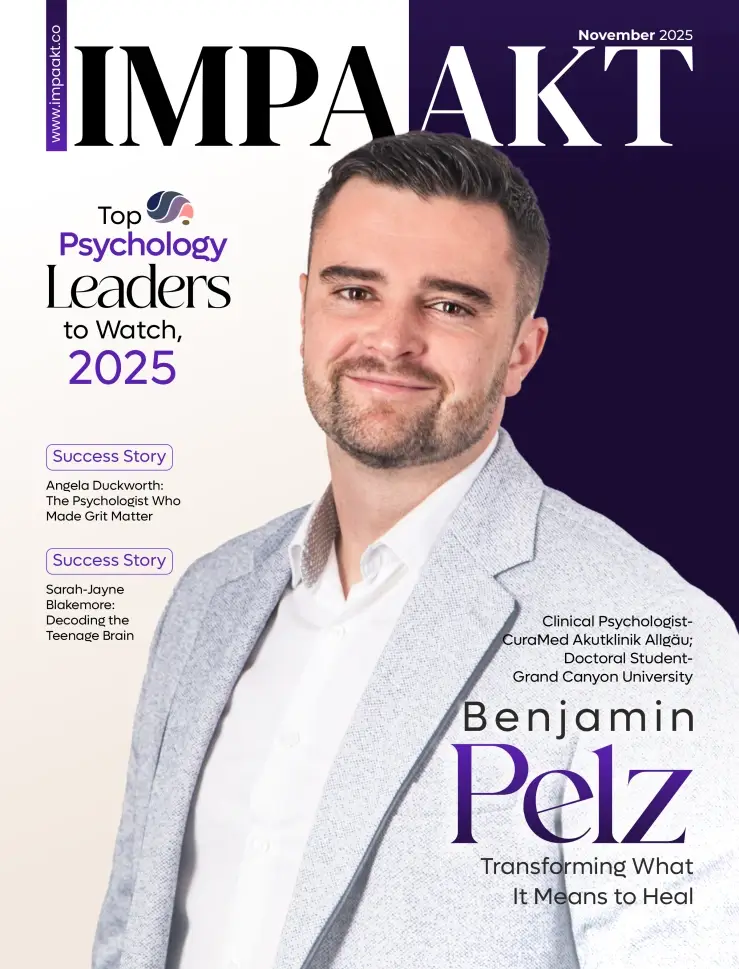She’s worked with OpenAI before most people knew what it was. She’s turned machine learning from a buzzword into a battle-tested tool. She’s led global cyber strategies, built next-gen security systems, and inspired future tech leaders from the boardroom to the classroom. And yet, if you ask Mary Kotch what truly drives her—it’s not titles, tech, or trophies. It’s something much bigger: possibility.
Named one of the Top 50 Most Powerful U.S. Women in Technology, Mary is currently the CTO and CISO at Core Specialty Insurance Holdings, where she’s turning complex cyber challenges into sharp, AI-driven solutions. She’s spent the last 15+ years working with the likes of IBM Watson, Darktrace, OpenAI, and LLAMA, not just testing new tech, but helping shape how it’s applied to protect real businesses from real threats.
But Mary’s story isn’t just about systems and security. It’s about showing up where women were rarely seen, asking better questions, and building smarter answers. Whether she’s speaking at global fintech forums, mentoring future tech leaders, or teaching AI-powered defense strategies as a professor at Penn State, she brings something that’s hard to miss—clarity, conviction, and just the right amount of fire.
Her career spans boardrooms, classrooms, and start-up war rooms, yet one thing remains constant: she believes cybersecurity isn’t just a function; it’s a force. And in her hands, it’s a force to reckon with.
Naturally, we had to know more. So, we sat down with Mary for a conversation that’s part masterclass, part mission, and all kinds of inspiring.
Below are the excerpts from that masterclass:
What inspired you to pursue cybersecurity at a time when very few women were in the field?
I was drawn to cybersecurity because of its dynamic nature and impact on protecting people and businesses. Early in my career, I noticed gaps in how companies handled cyber risk—not just technically, but strategically. That challenge, combined with a desire to make security part of the business conversation, pushed me to pursue this path. Being one of the few women in the room became motivation, not a limitation.
How do you see cybersecurity evolving in the insurance domain, especially with AI and ML reshaping everything?
Cybersecurity is no longer a silo—it’s becoming an enterprise-wide intelligence capability. In insurance, AI and ML are revolutionizing not just underwriting and fraud detection, but also how we anticipate and respond to threats. At Core Specialty, we developed a predictive analytics engine that turns signal noise into strategic foresight. This approach transforms security from reactive protection to proactive business resilience.
What’s the biggest myth you think people believe about AI in cybersecurity, and what’s the reality?
The biggest myth is that AI is a magic bullet. In reality, AI requires continuous tuning, contextual awareness, and human validation. It’s not about replacing analysts—it’s about augmenting them. We built a system that improves with each incident, correlates telemetry across five platforms, and gives us foresight, not just hindsight.
How do you communicate the value of cybersecurity to business leaders and boards in a way that aligns with growth?
I frame cybersecurity as a growth enabler, not just a risk reducer. When boards see that predictive detection leads to faster containment, lower recovery costs, and stronger trust from customers and regulators, they understand the ROI. I bring metrics and predictive models to the table—making security part of strategic forecasting.
What are the top 2 or 3 things you believe the current education system is missing for future cyber leaders?
- Practical threat modeling skills—students must learn to think like attackers.
- Communication and executive alignment—technical people must speak the language of risk and finance.
- AI integration in security operations—cyber programs must teach how to train, evaluate, and govern AI tools.
What are the unspoken challenges women still face in cybersecurity today, especially at leadership level?
One unspoken challenge is visibility—women often do the work but aren’t seen or credited as technical decision-makers. There’s also the constant pressure to “prove” your technical depth. A shift I’d like to see is normalizing women leading AI, engineering, and offensive security—not just governance or GRC.
As a lecturer at Penn State, what’s one moment that reminded you why teaching matters?
A student once approached me after class to say that seeing a woman lead a technical, AI-driven security program inspired her to switch majors. That moment reminded me that visibility breeds possibility. Teaching lets me shape the next generation—and show them what’s possible.
What’s a decision or mindset you would not recommend to aspiring CISOs or CTOs today?
Don’t silo security. Early in my career, I focused too narrowly on tools and not enough on collaboration across the enterprise. Today, successful CISOs think like strategists—they integrate cyber intelligence with business objectives, product development, and regulatory strategy.
If you could make one bold prediction about cybersecurity in the next 3–5 years, what would it be?
Cybersecurity will become predictive and AI-native by default. We’ll see systems that self-heal, detect unknown threats in real time, and even outpace attackers. And women will lead this evolution—bringing ethics, precision, and innovation to how AI is built and governed in cyber.
If you could go back to the start of your cyber career, what advice would you give your younger self?
Trust your voice. Don’t wait for validation—step into leadership early, even if you feel outnumbered. And never stop learning—cyber is an evolving battlefield, and the best leaders adapt fast.
More about Mary Kotch
Mary Kotch brings transformative technology leadership to Core Specialty, drawing from her distinguished career at the helm of IT operations for industry titans including Validus Holdings Inc, MetLife, and AIG. Throughout her executive journey, she has wielded influence across the full spectrum of technology leadership—from Chief Technology Officer and Chief Information Officer to Chief Security Officer—orchestrating digital strategies that drive business innovation.
As a sought-after voice in financial services technology, she commands stages at major conferences, sharing insights that resonate across the sector.
Beyond corporate boardrooms, Mary champions the next generation of tech talent. She actively collaborates with colleges and universities to bridge the gap between academic learning and industry demands, ensuring technology curricula evolve to meet tomorrow’s challenges. Her commitment to nurturing emerging professionals reflects her belief that great technology starts with great people.
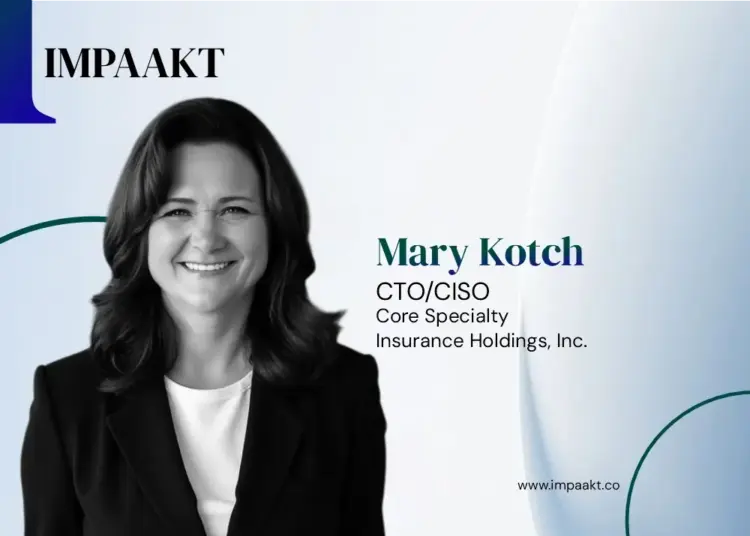
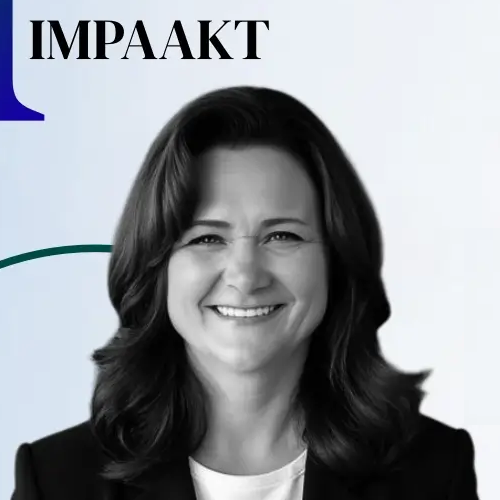 More about Mary Kotch
More about Mary Kotch
